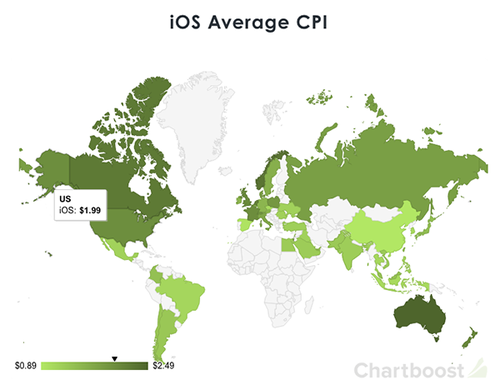I have received a regular newsletter from Roger Hamilton 5 minutes ago, author of the Wealth Dynamics system which profoundly changed my business life and how I perceive different talents in people surrounding me. Roger is a very bright guy and in every newsletter is something worth spreading. This time it’s a story of Evan Spiegel of Snapchat.
How to get (and forget) $3 Billion in a snap
Two years ago Evan Spiegel came up with the app Snapchat as a college project. This week he turned down a $3 billion cash offer from Facebook to buy the company (!)
What makes a 23 year old reject a $3 billion offer on a business which until today has had no revenues? How did one idea grow so quick so fast? What can you learn from a freak growth story like Snapchat’s?
In September 2011 Evan and his partner, Bobby Murphy, came up with the idea of Snapchat as their class project at Stamford, and set up the company from Evan’s father’s sitting room (Evan still lives with his Dad).
Last year, Evan dropped out of college to work on Snapchat. Today, more than 350 million images are shared on Snapchat every day (already four times more than Instagram).
Here’s 3 lesser known things about the Snapchat story:
1. DO THE OPPOSITE OF EVERYONE
While everyone was trying to copy success stories like Facebook and Instagram, that keep all your posts and photos forever, Snapchat came from the opposite direction. As Evan says “A buddy of mine was bummed about a photo he sent. When Bobby and I built the prototype (where photos and videos are deleted soon after being received), we realised how much fun we were having sending the photos back and forth.”
2. TRY, TRY AND TRY AGAIN
At college, Evan and Bobby tried over 50 different ideas before getting to Snapchat. When they got to that, no one liked it. Evan took the idea to his design class for review and says “All the VCs and people who came through were like ‘This is the dumbest thing ever… So, obviously, I went back to Bobby and I was like, ‘Oh, they really liked it!’”
“People call it an overnight success,” Evan says, “But it was anything but.” If they had listened to the ‘experts’, Snapchat would never have gotten off the ground.
3. RELY ON YOUR EARLY CUSTOMERS
With no support, they both thought the idea would fail: “We didn’t think we were ever going to raise venture capital.” All they knew was they liked it and wanted to keep working on it. But while the grown adults thought it a silly idea, the app began going viral in high schools in California.
That’s how they attracted funding. As Evan recalls, “This guy named Jeremy Liew, who works at Lightspeed Ventures, one of his partners, Barry Eggers had a daughter who was using Snapchat. She said her 3 favorite apps that everyone was using at her high school were Angry Birds, Instagram and Snapchat. So Jeremy sent me a Facebook message.”
“I ended up meeting with him and showed him some of the early data we had. That was the month we were not going to be able to pay our server bills any more. Bobby had a job that was paying for the server bills at the time. And it just got too expensive, so the timing was awesome. My dad didn’t want to pay for disappearing photos any more.”
What can we learn from Evan’s story? If you’re working on something you love, and the people using your product love it too, don’t listen to the ‘experts’ telling you what can’t be done.
The greatest barrier to progress is the ‘illusion of knowledge’. Those who ‘know best’ rarely know ‘what’s next’.
As for Evan turning down $3 billion from Mark Zuckerberg, what comes next? How long will Evan keep living with his Dad? Evan’s reply: “Until he kicks me out.”
Follow your Genius!




















